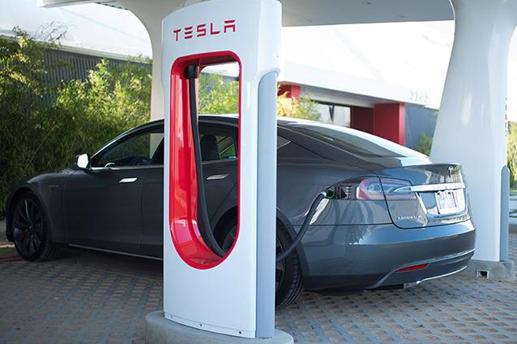 Renewable energy is increasingly preferred over the use of non-renewable resources. Along with the direct benefits of renewable energy sources that include less pollution and fossil fuel emissions, their use also has an economic benefit. As the world’s 5th highest natural gas exporter, Canada receives approximately $15 billion in export revenue per year with Alberta, British Columbia, and Saskatchewan receiving approximately $1.5 billion in royalties from 2010 to 2011. Although Canada is already a leader in renewable energy, with over 63% of electricity generation coming from hydroelectric, wind and solar energy, Canada still has room to cut down on the use of non-renewable energy sources.
Renewable energy is increasingly preferred over the use of non-renewable resources. Along with the direct benefits of renewable energy sources that include less pollution and fossil fuel emissions, their use also has an economic benefit. As the world’s 5th highest natural gas exporter, Canada receives approximately $15 billion in export revenue per year with Alberta, British Columbia, and Saskatchewan receiving approximately $1.5 billion in royalties from 2010 to 2011. Although Canada is already a leader in renewable energy, with over 63% of electricity generation coming from hydroelectric, wind and solar energy, Canada still has room to cut down on the use of non-renewable energy sources.
One way that Canada’s provincial governments have encouraged the implementation of renewable energy sources is through subsidies on wind and solar-energy producing products. Although this has made a difference, urban areas such as Toronto and Vancouver produce large amounts of pollution due to exhaust gas. Exhaust gas primarily comes from automobiles such as cars and trucks, which are in high use especially in populated urban areas. The federal and provincial government could reduce pollution from exhaust gas by encouraging the use the electric- or EV- vehicles. EV vehicles are plug-in, electric vehicles that run entirely on electric batteries and produce zero-tailpipe emissions. Other countries are already offering large subsidies and other incentives on the purchase of EV vehicles. Among the greenest countries in the world, Norway is offering a 50% discount subsidy among other incentives on the purchase of any Tesla Model S, an EV performance car assembled in California, USA. Norway now has the highest number of electric cars per capita, despite being the top oil producer in Western Europe and the world’s third largest natural gas exporter.
The economic benefits of renewable energy sources stem largely from the development and implementation of these sources. The development and placement of renewable energy products such as solar panels and wind turbines requires a lot of expertise and skilled labour in order to function correctly. Furthermore, because newer oil reserves are in isolated locations, there are more difficulties associated with their use because of lack and opposition to transportation infrastructure such as pipelines. As prices rise in the long term, many firms will find it cheaper in the long run to switch to renewable energy sources, which would indirectly benefit the output and efficiency of the firm, ultimately benefitting the economy as a whole. In the U.S, the Section 1603 program was put in place to encourage the implementation of renewable energy resources. This was accomplished through offering developers of renewable energy projects one-time cash payments instead of opting for tax credits for which they would have otherwise been eligible. The National Renewable Energy Laboratory (NREL) in Colorado found that as a result of Section 1603 and the grant program, approximately 75,000 direct and indirect jobs and approximately $44 billion in economic output were supported.
Now is the time for Canada to prepare for a future without non-renewable energy.
Although the use of renewable energy has many economic benefits, it also has its share of economic disadvantages. Being relatively expensive to develop and deploy, the main argument against the application of subsidies on renewable energy products is that Canada is already heavily utilizing renewable energy and that the money could be used by the government to fund other public services such as schools, infrastructure and healthcare. However, ongoing burning of fossil fuels and use of non-renewable energy resources could become a huge problem in the future as the access to them becomes more difficult and price increases in the face of increasing opposition. Perhaps now is the time for Canada to prepare for a future without non-renewable energy and follow in the footsteps of countries such as Norway in becoming a green and efficient country.




